Cultivating a Herb Garden for Culinary Delights
Building a herb garden for culinary use brings the joy of fresh, aromatic herbs to your kitchen, enhancing the flavor and fragrance of your favorite dishes. Whether you have limited space on a balcony or ample room in your backyard, creating a herb garden is a rewarding and practical endeavor. Follow these steps to cultivate a herb garden that provides a continuous supply of flavorful herbs for your culinary creations:
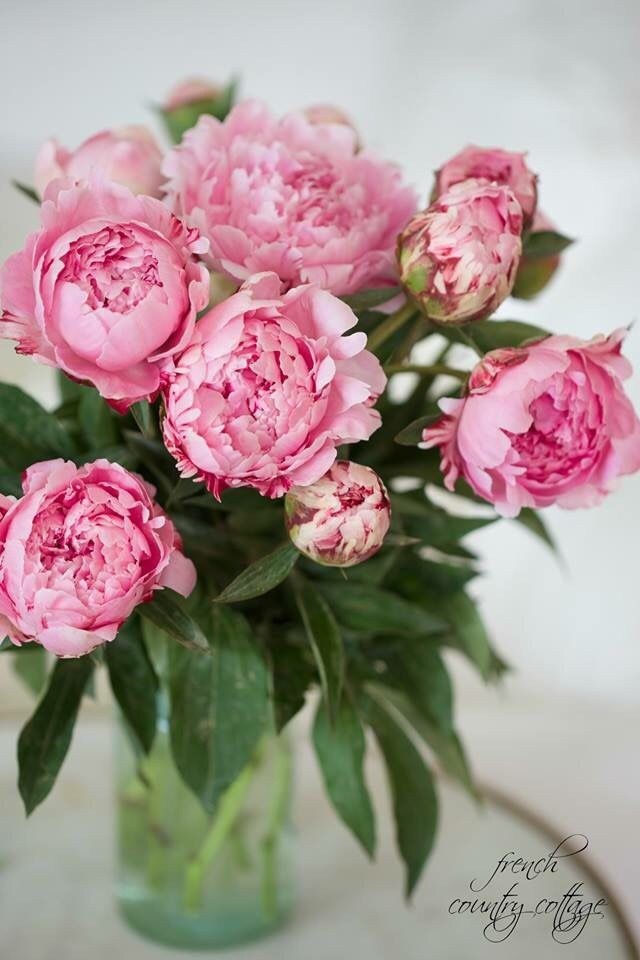
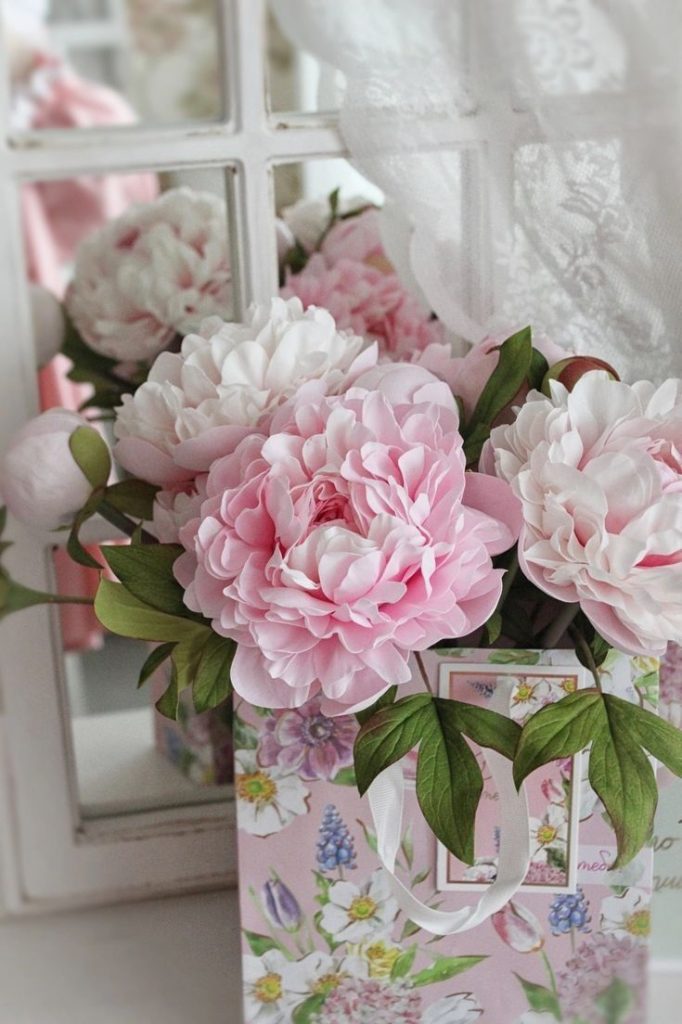
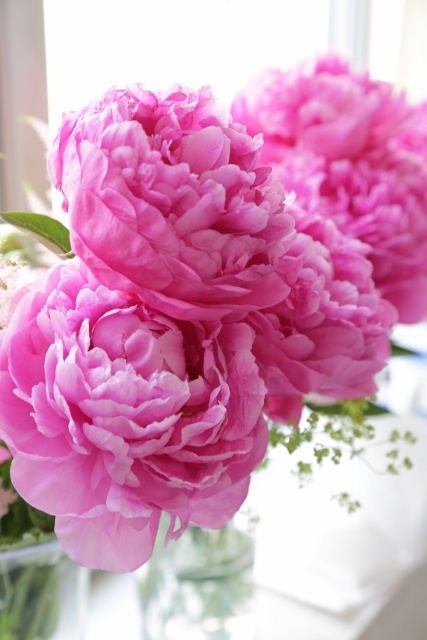
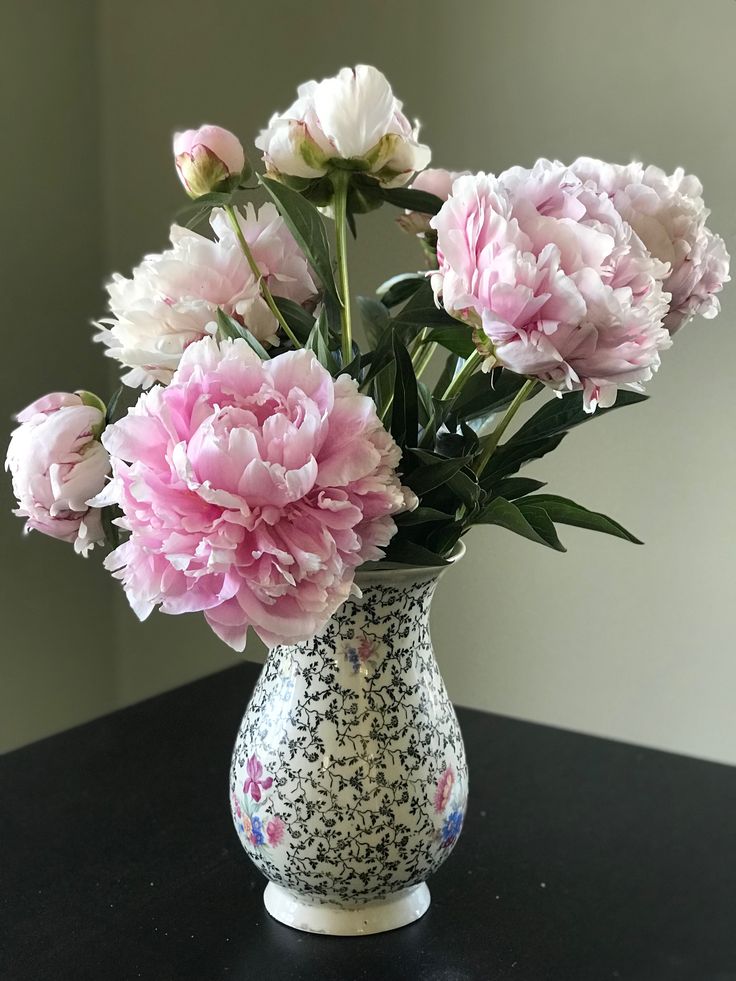
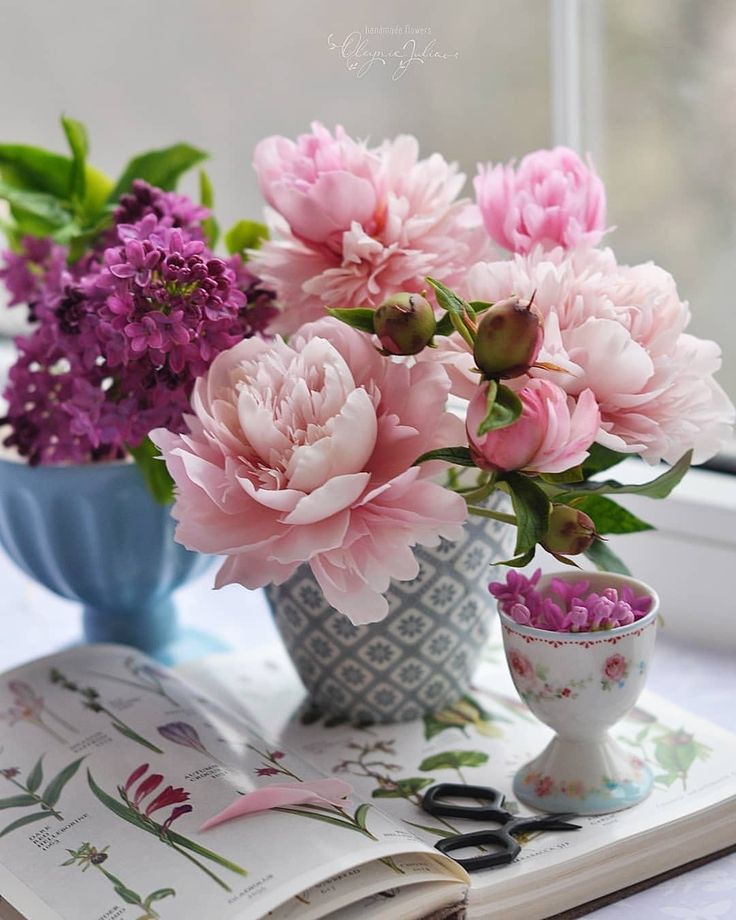
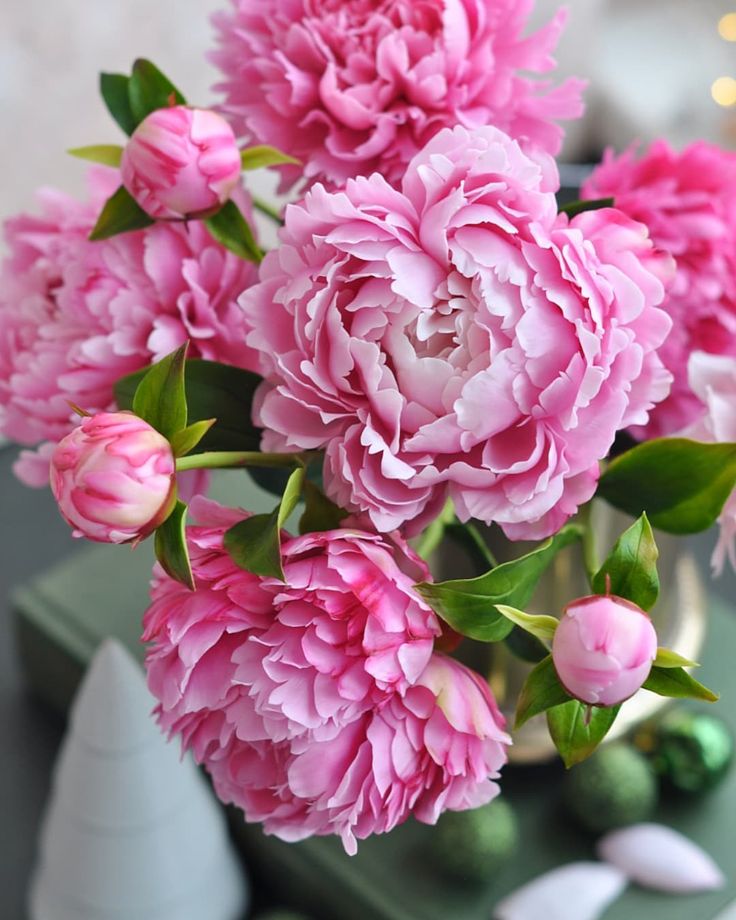


1. Select a Suitable Location
- Assess Sunlight: Choose a sunny location with at least 6-8 hours of direct sunlight per day for optimal herb growth. Herbs thrive in full sun conditions, although some varieties tolerate partial shade.
- Consider Accessibility: Place your herb garden near your kitchen or outdoor cooking area for convenient access to fresh herbs while cooking. Consider using containers or raised beds for easy maintenance and mobility.
2. Choose Your Herb Varieties
- Select Culinary Favorites: Choose a variety of culinary herbs based on your cooking preferences and flavor profiles. Popular culinary herbs include basil, parsley, cilantro, thyme, rosemary, sage, mint, and oregano.
- Consider Growth Habits: Pay attention to the growth habits and space requirements of each herb variety. Some herbs, like mint and oregano, can be invasive and may require containment, while others, like basil and cilantro, are annuals that need replanting each year.
3. Prepare the Soil
- Ensure Good Drainage: Use well-draining soil mixtures enriched with organic matter, such as compost or aged manure, to promote healthy root growth and prevent waterlogged conditions. Raised beds or containers with drainage holes are ideal for herb cultivation.
- pH Levels: Test the soil pH and adjust it to the optimal range for herbs, which is typically slightly acidic to neutral (pH 6.0-7.0). Incorporate lime to raise pH or sulfur to lower pH as needed.
4. Planting and Maintenance
- Planting Herbs: Plant herbs from seed or nursery transplants according to spacing recommendations and planting depth guidelines for each variety. Water thoroughly after planting to settle the soil and encourage root establishment.
- Mulch and Watering: Apply a layer of organic mulch, such as straw or shredded leaves, around herb plants to conserve moisture, suppress weeds, and regulate soil temperature. Water herbs regularly to keep the soil evenly moist but not waterlogged.
5. Pruning and Harvesting
- Pruning Techniques: Regularly pinch back or prune herb plants to encourage bushy growth, prevent flowering (which can reduce flavor), and prolong the harvest season. Harvest herbs in the morning when essential oils are most concentrated for the best flavor.
- Harvesting Tips: Use sharp scissors or pruning shears to harvest herb leaves or stems as needed for culinary use. Harvest frequently but avoid removing more than one-third of the plant’s growth at a time to promote healthy regrowth.
6. Pest and Disease Management
- Natural Pest Control: Monitor herb plants for signs of pests, such as aphids, caterpillars, or mites, and use natural pest control methods like handpicking, insecticidal soap, or companion planting with pest-repelling herbs like basil and rosemary.
- Preventative Measures: Practice good sanitation and garden hygiene to minimize the risk of pest infestations and disease outbreaks. Remove any diseased or damaged plant material promptly and avoid overcrowding plants to improve air circulation.
Conclusion
Building a herb garden for culinary use allows you to elevate your cooking with the fresh flavors and aromas of homegrown herbs. By selecting suitable herb varieties, preparing the soil, planting and maintaining herbs, pruning and harvesting regularly, and implementing pest and disease management strategies, you can cultivate a thriving herb garden that provides a continuous supply of flavorful herbs for your culinary delights. Embrace the pleasure of growing your own herbs, and savor the satisfaction of harvesting fresh ingredients straight from your garden to your table.
FAQs (Frequently Asked Questions)
- Can I grow herbs indoors for culinary use?
- Yes, many culinary herbs can be grown indoors in containers or on windowsills year-round. Choose a sunny location with adequate light exposure and provide well-draining soil, regular watering, and occasional fertilization to support indoor herb growth.
- What herbs are best suited for beginner gardeners?
- Beginner gardeners may find success with easy-to-grow herbs like basil, parsley, chives, mint, and oregano. These herbs are relatively low-maintenance and adaptable to a variety of growing conditions, making them ideal choices for novice herb gardeners.